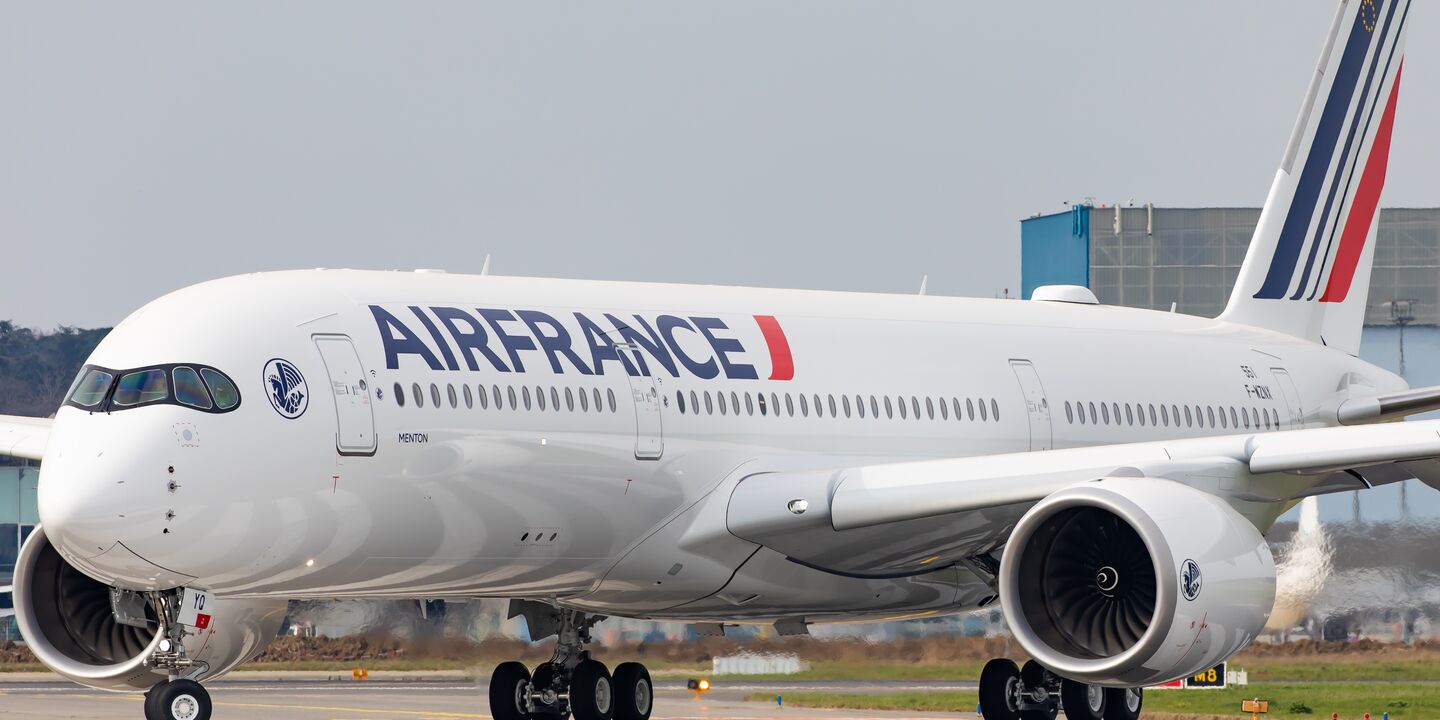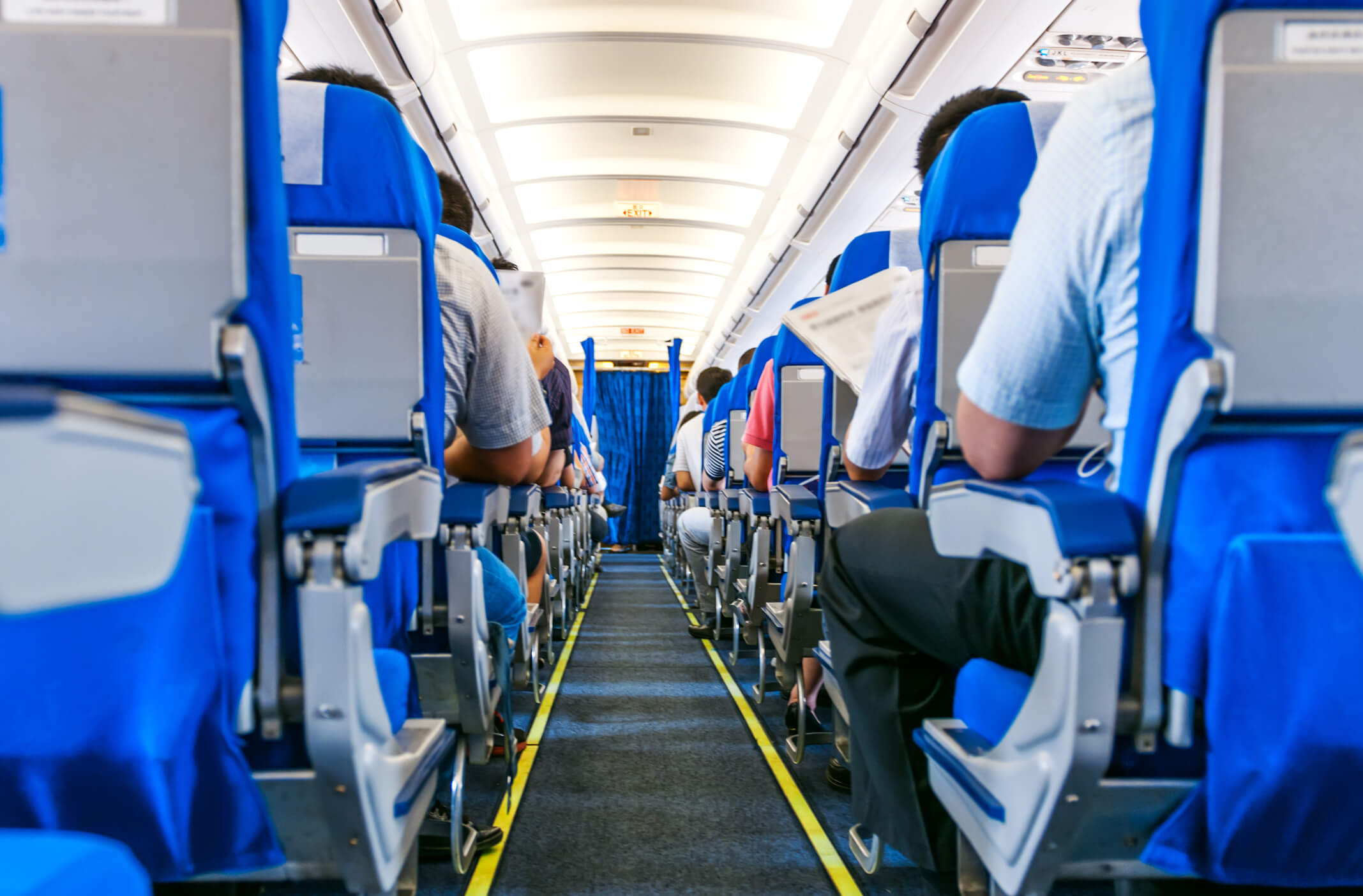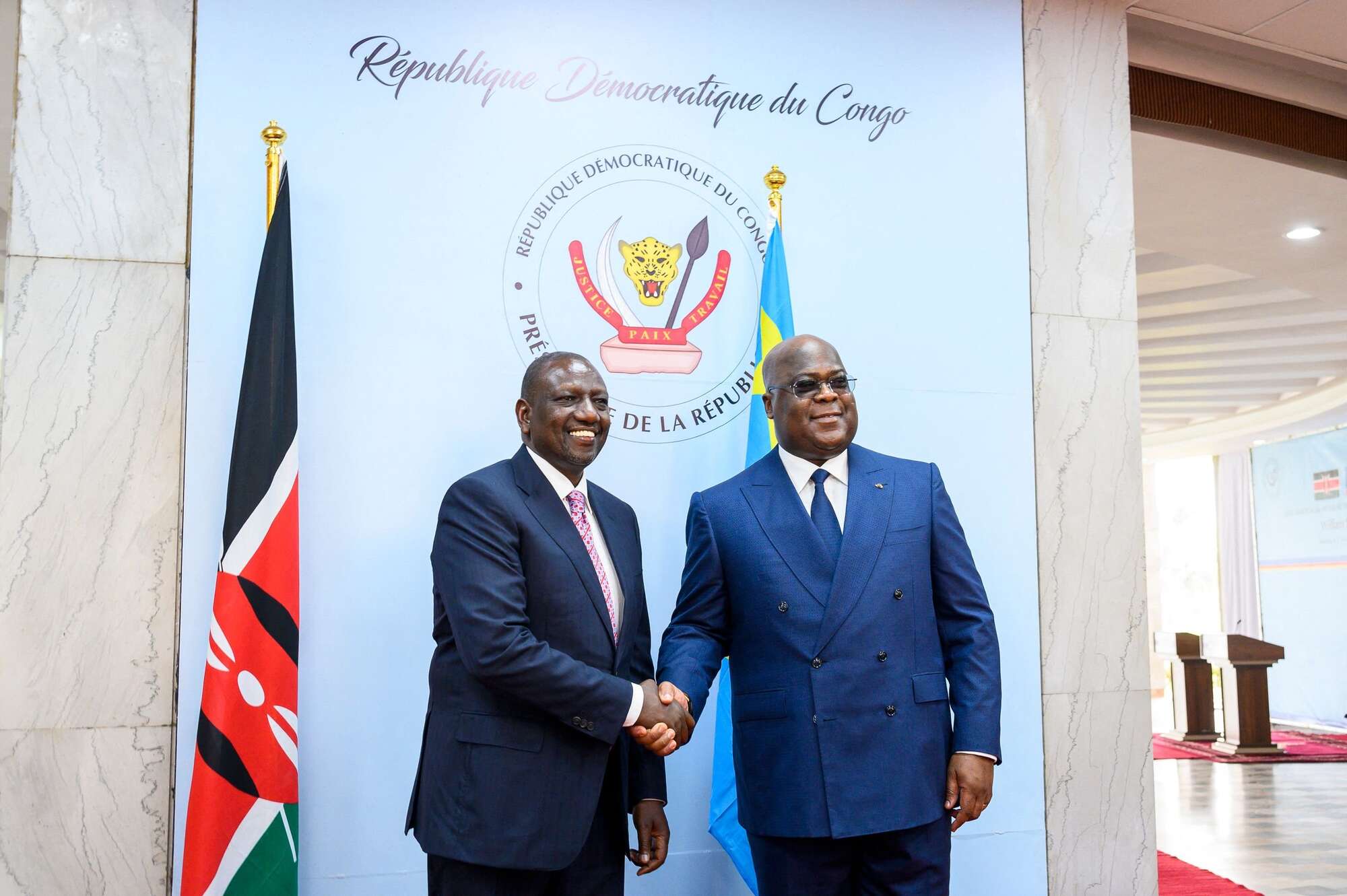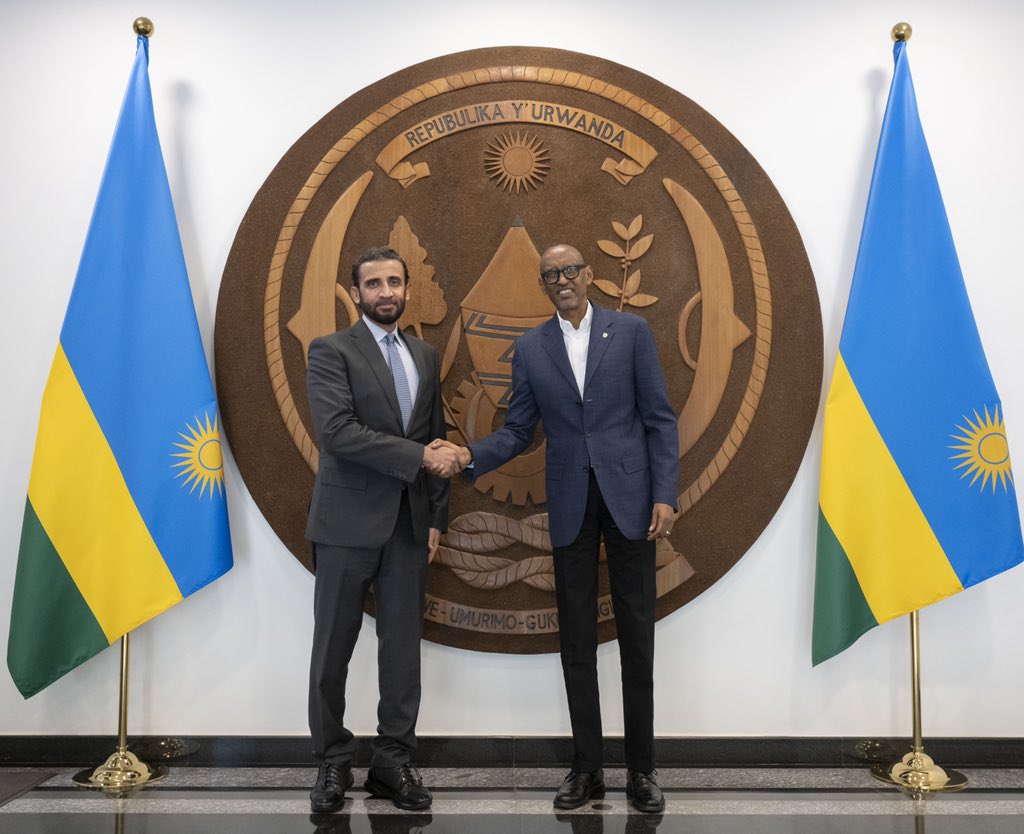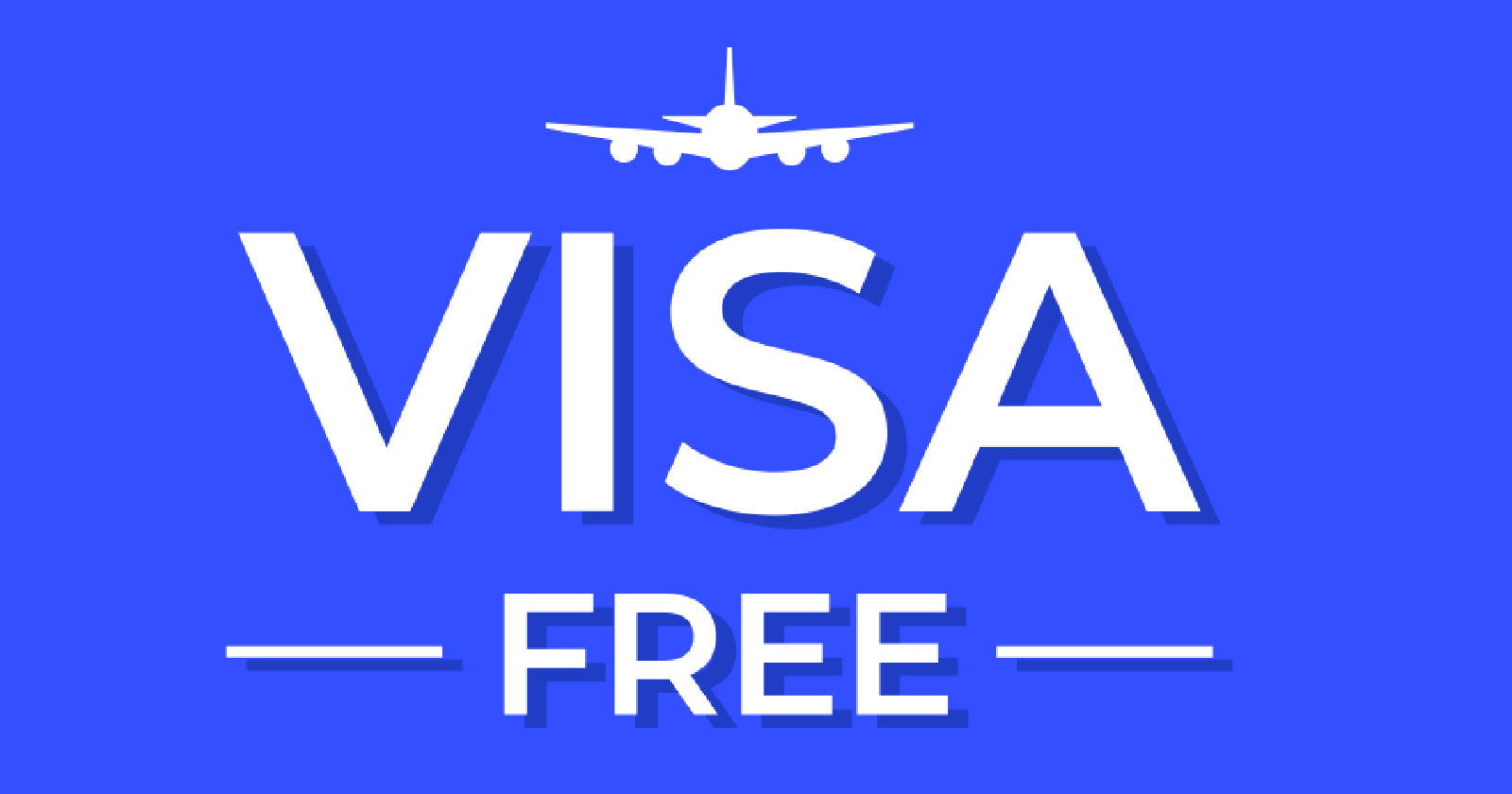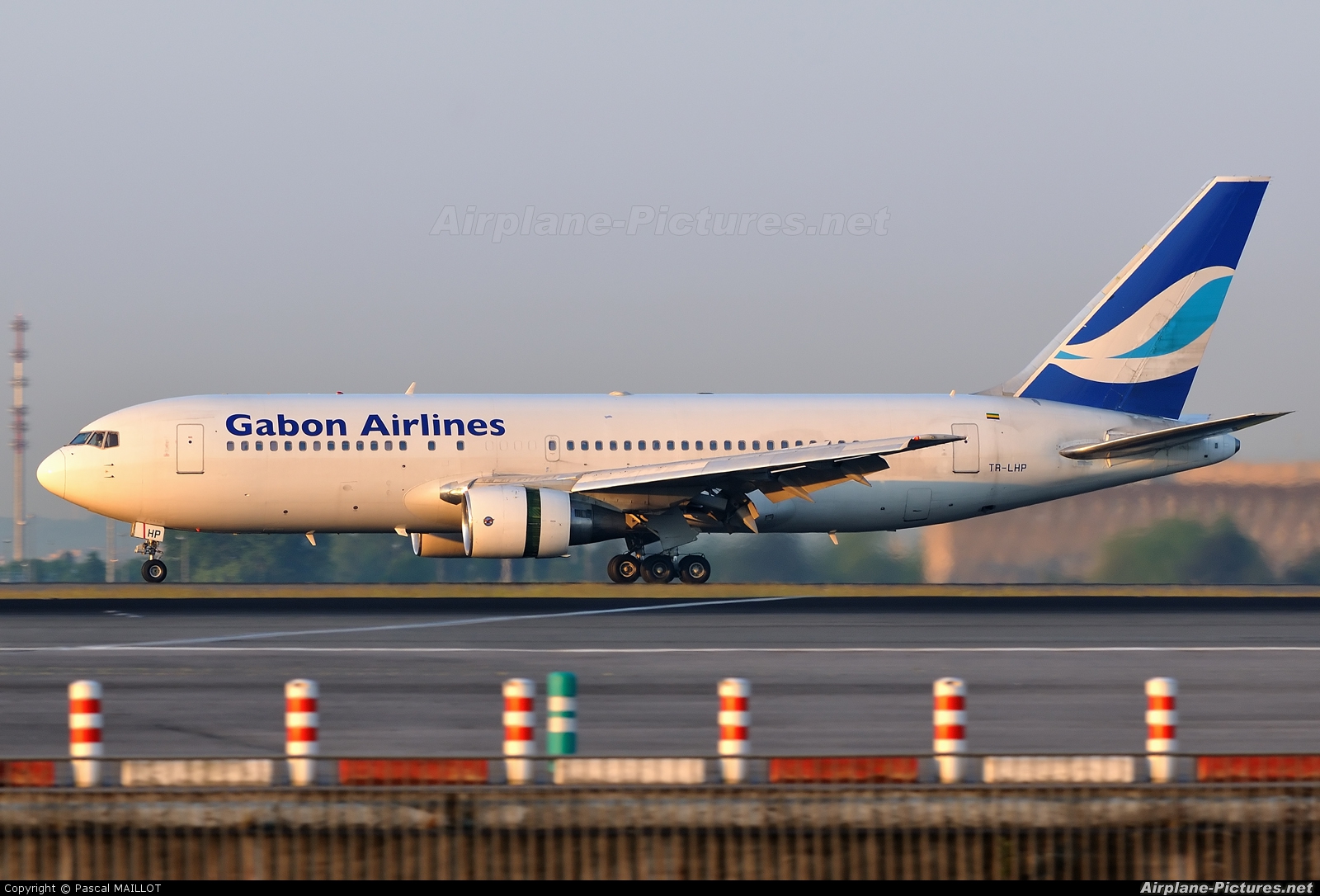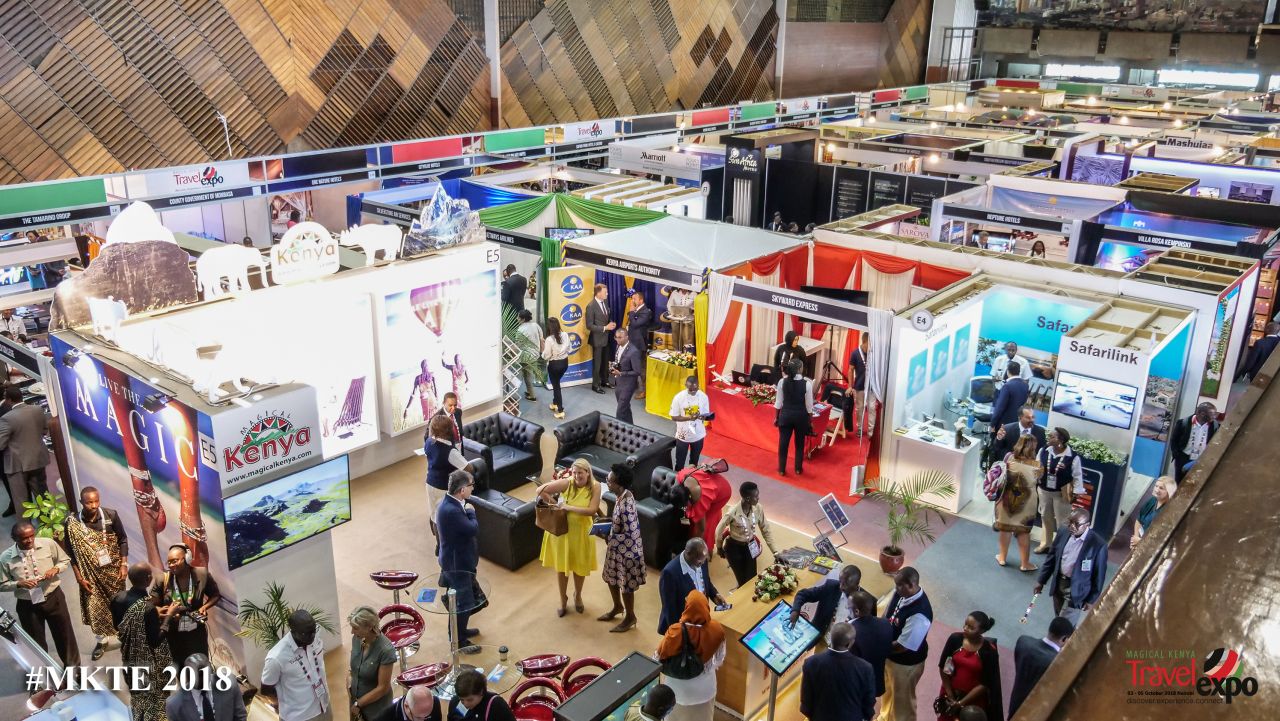Nearly four weeks after re-opening its airspace to international flights, the Republic of Niger has banned all French aircraft, including the Air France fleet, from operating there. Meanwhile, French President Emmanuel Macron says that France will withdraw troops and end military cooperation with the West African country.
Niger Airspace restrictions
Niger’s airspace was closed entirely for all flights on August 6 following a military coup, which saw the ousting of the democratically elected President Mohamed Bazoum. The airspace was eventually opened on September 4, allowing several airlines to fly over the country and return to Niamey.
However, the country has issued a new restriction affecting French commercial and military flight operations. This was stated in a letter from the Presidency of the Republic of Niger, per a statement sent to the Agency for Air Navigation Safety in Africa (ASECNA) on September 23. Part of the statement read;
“Niger has decided to restrict access to its airspace. This remains open to all national commercial flights and international aircraft, with the exception of French aircraft and those chartered by France, including the Air France fleet.”
“In addition, all operational military flights and special flights remain prohibited unless exceptionally authorized by the authorities”
The Presidency added that this decision reflects the wishes of the people of Niger, through the government’s voice, to regain control of the country’s airspace. We contacted Air France for a comment, but it had not been available at the time of publication.
Operations in West Africa
West Africa has been a very important market for the French national carrier for years. Following the closure of the Nigerien airspace, Air France suspended flights to Niamey (Niger), Bamako (Mali), and Ouagadougou (Burkina Faso) due to safety concerns.
Consequently, the civil aviation authorities of Mali and Burkina Faso canceled the airline’s authorization to operate its summer 2023 flights, citing its failure of prior notification, which resulted in passenger inconveniences. From Paris Charles de Gaulle (CDG), AF operated daily flights to Bamako, four weekly to Niamey, and three weekly to Ouagadougou with its Boeing 777 and Airbus A330 aircraft.
The French airline has not returned to these destinations, and the new restriction issued by Niger will further affect its operations in West Africa. Meanwhile, it continues to fly to other destinations in the region, including Abidjan (ABJ), Accra (ACC), Dakar (DSS), and Lagos (LOS).
Flying to and over Niger
When the country’s airspace was shut nearly two months ago, airline operations in and around the continent were severely affected, especially those flying between Europe and Sub-saharan Africa. Many carriers were forced to cancel flights, replan schedules, and reroute via other countries.
Since September 4, some carriers have resumed flights to Niamey Diori Hamani International Airport (NIM), including Ethiopian Airlines, Royal Air Maroc, and Turkish Airlines.
Similarly, airlines rerouting via other countries have begun flying over Niger again. For example, British Airways’ A380 Johannesburg-London service, which was forced to fly over Gabon, the Gulf of Guinea, and Ghana, to mention a few, has resumed operations through Nigerien Airspace.
Source: Simpleflying

